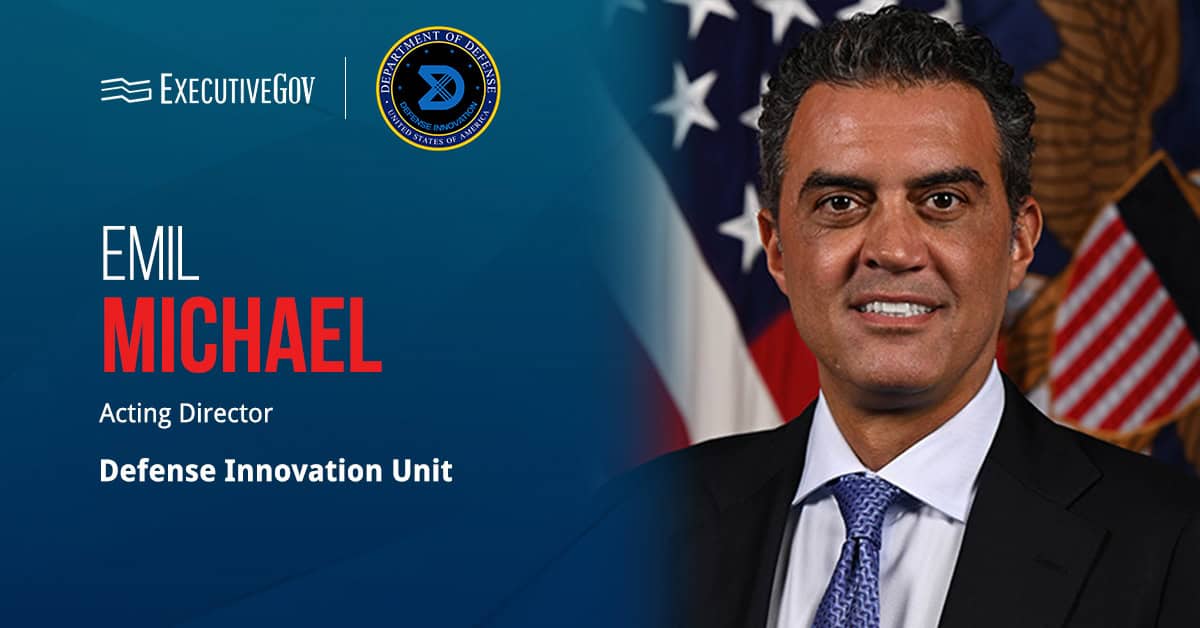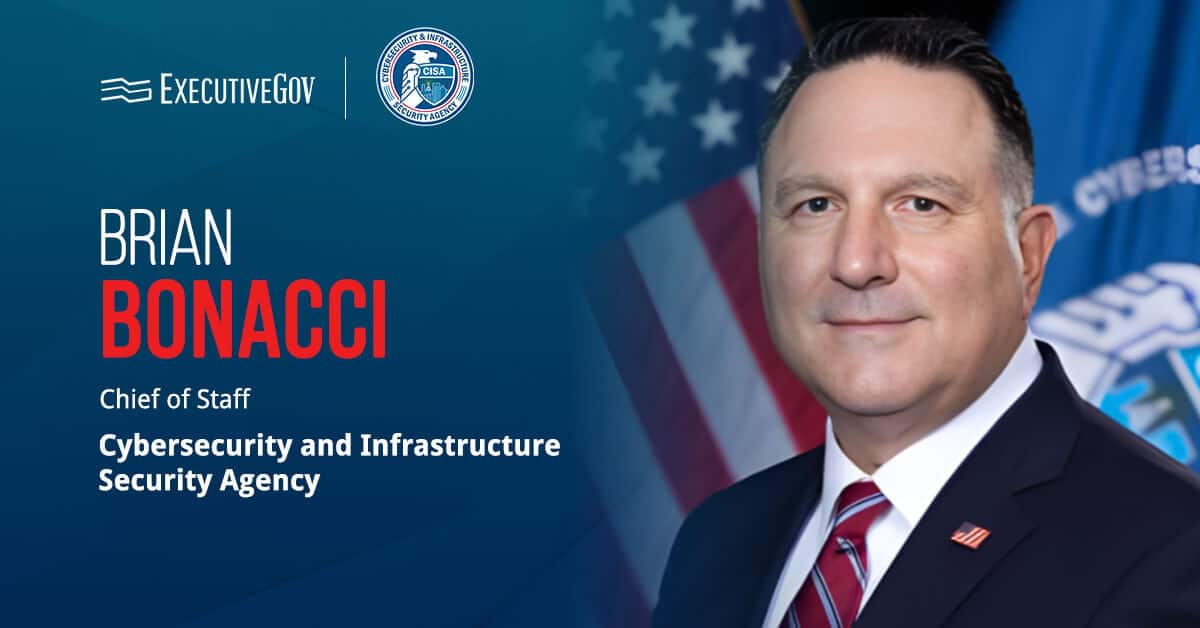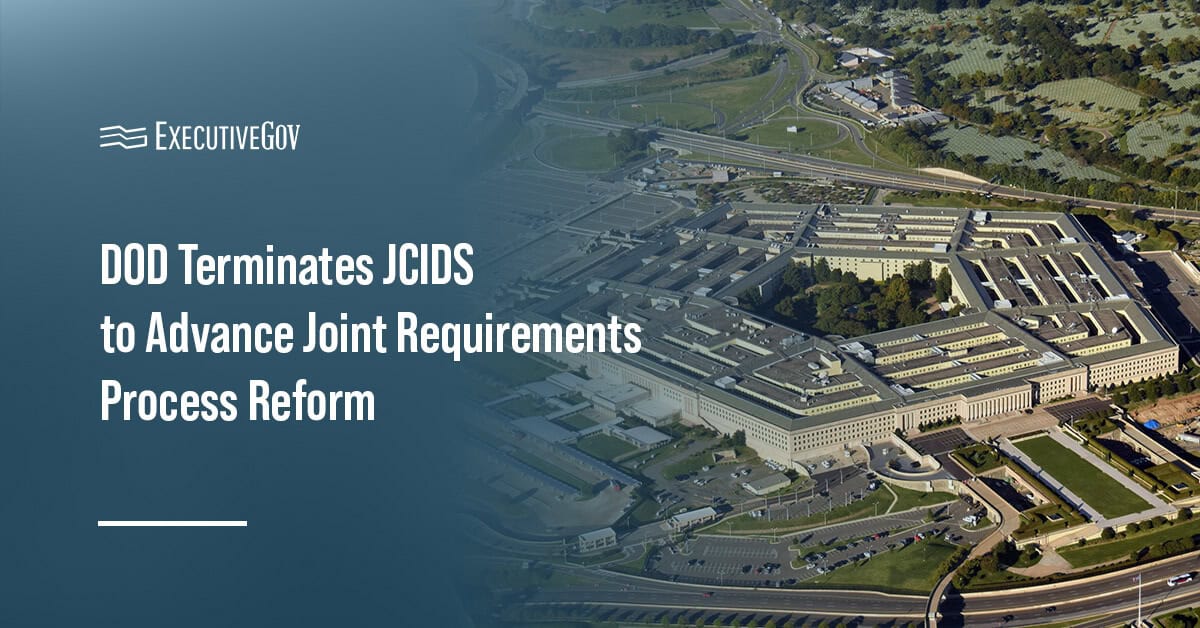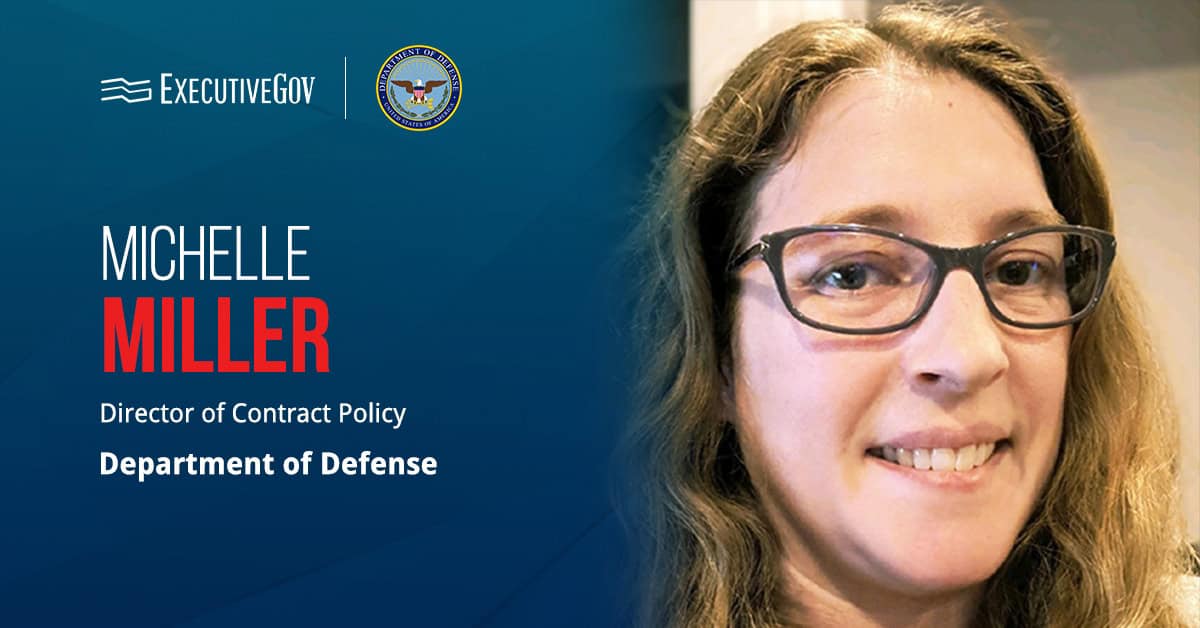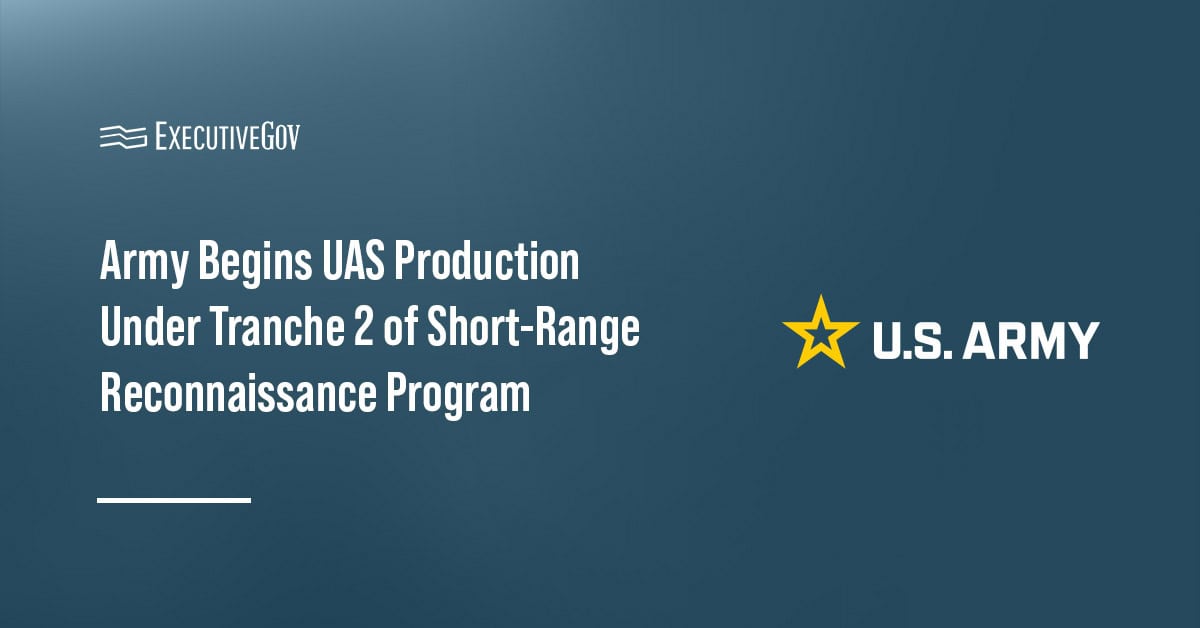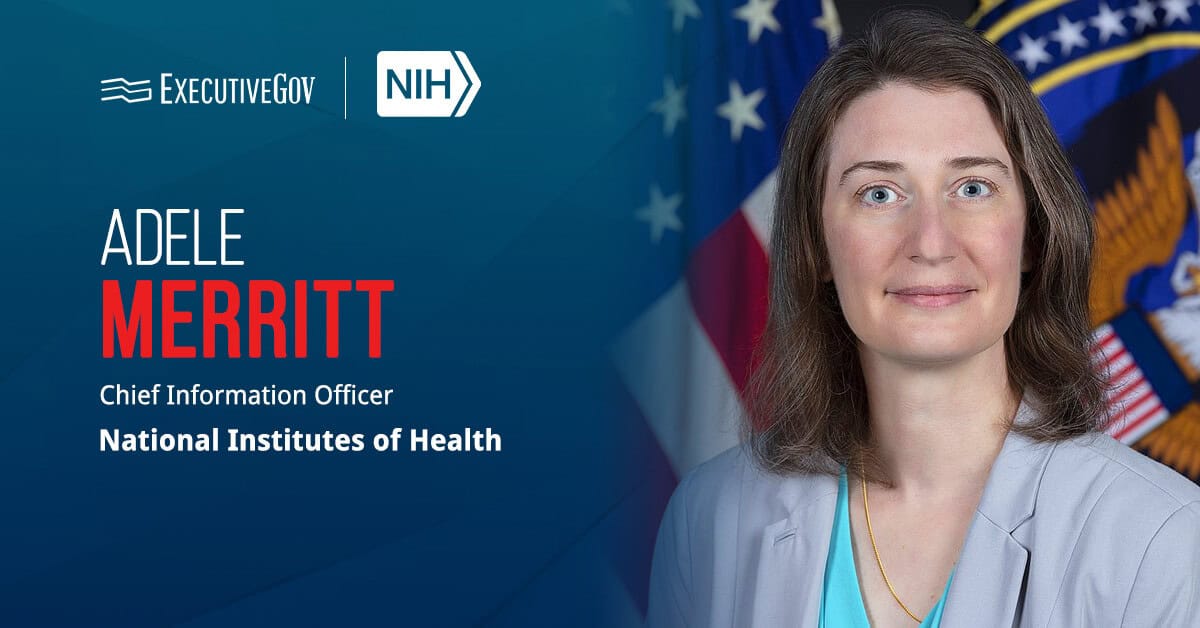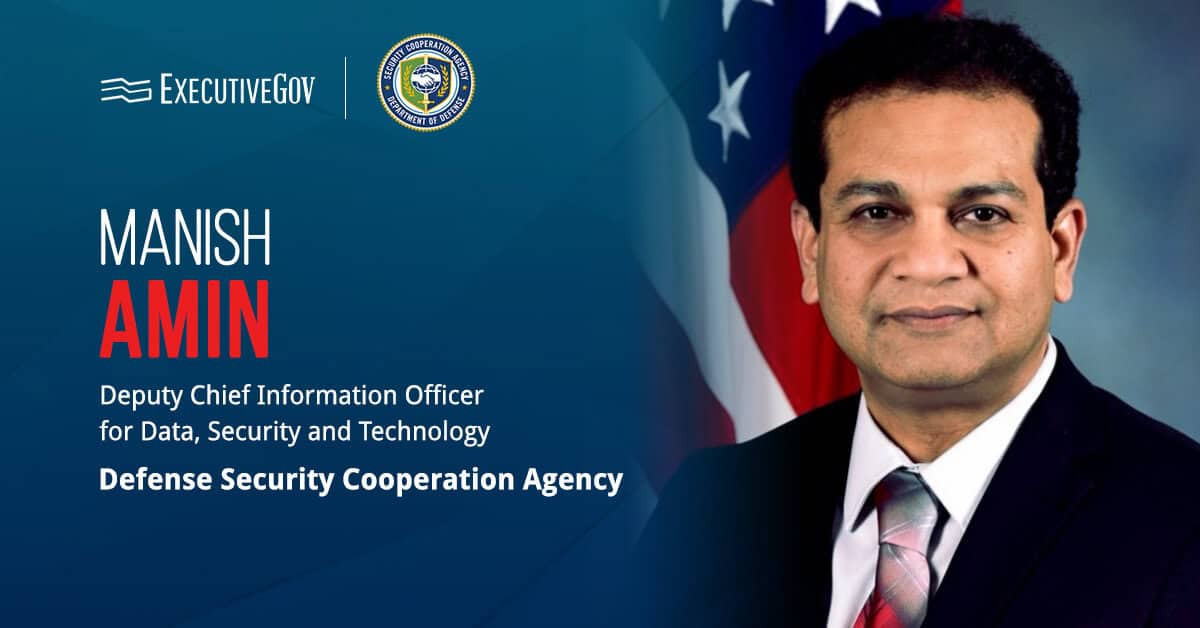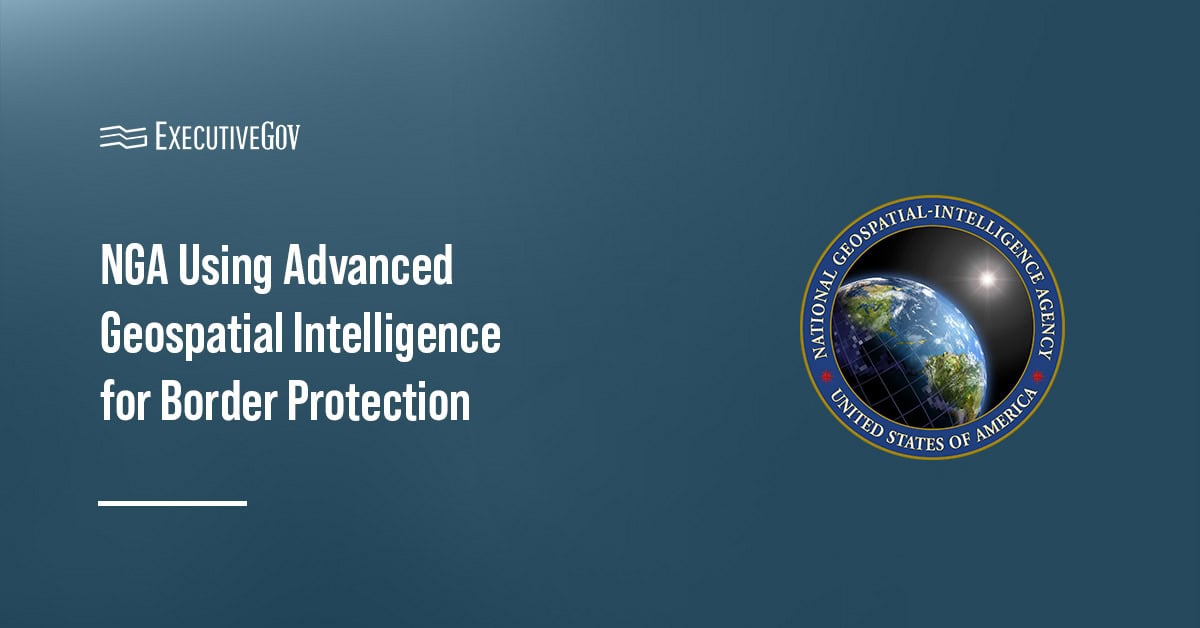Emil Michael, the Department of Defense’s under secretary of defense for research and engineering—its unofficial chief technology officer—has taken on the role of acting director of the Defense Innovation Unit, Defense News reported Tuesday.
Michael’s appointment follows Doug Beck’s resignation as head of DIU.
As the Pentagon’s CTO, Michael is responsible for DOD’s research, development and prototyping enterprise with oversight of the Defense Advanced Research Projects Agency and the Missile Defense Agency.
In May, he was confirmed by the Senate for the under secretary for research and engineering position.
Table of Contents
Who Is Emil Michael?
Michael’s industry career included time as Uber’s chief business officer and chief operating officer of social media analytics company Klout.
The former White House Fellow served as a special assistant to the secretary of defense and led projects in Iraq, Afghanistan and Pakistan while at the Pentagon.
He began his career as an associate within the investment banking division at Goldman Sachs.
The Harvard University graduate holds a Juris Doctorate degree from Stanford Law School.
Michael Dodd’s Appointment as Acting DIU Deputy Director
Defense News also reported the appointment of Michael Dodd, the incoming assistant secretary of defense for critical technologies, as DIU’s acting deputy director.
According to the report, Dodd oversees energy programs within the National Security Innovation Capital office, a DIU component.
The U.S. Marine Corps veteran would help advance hypersonics, 5G, microelectronics, autonomy and other critical defense and dual-use technologies if confirmed for the assistant secretary position.


